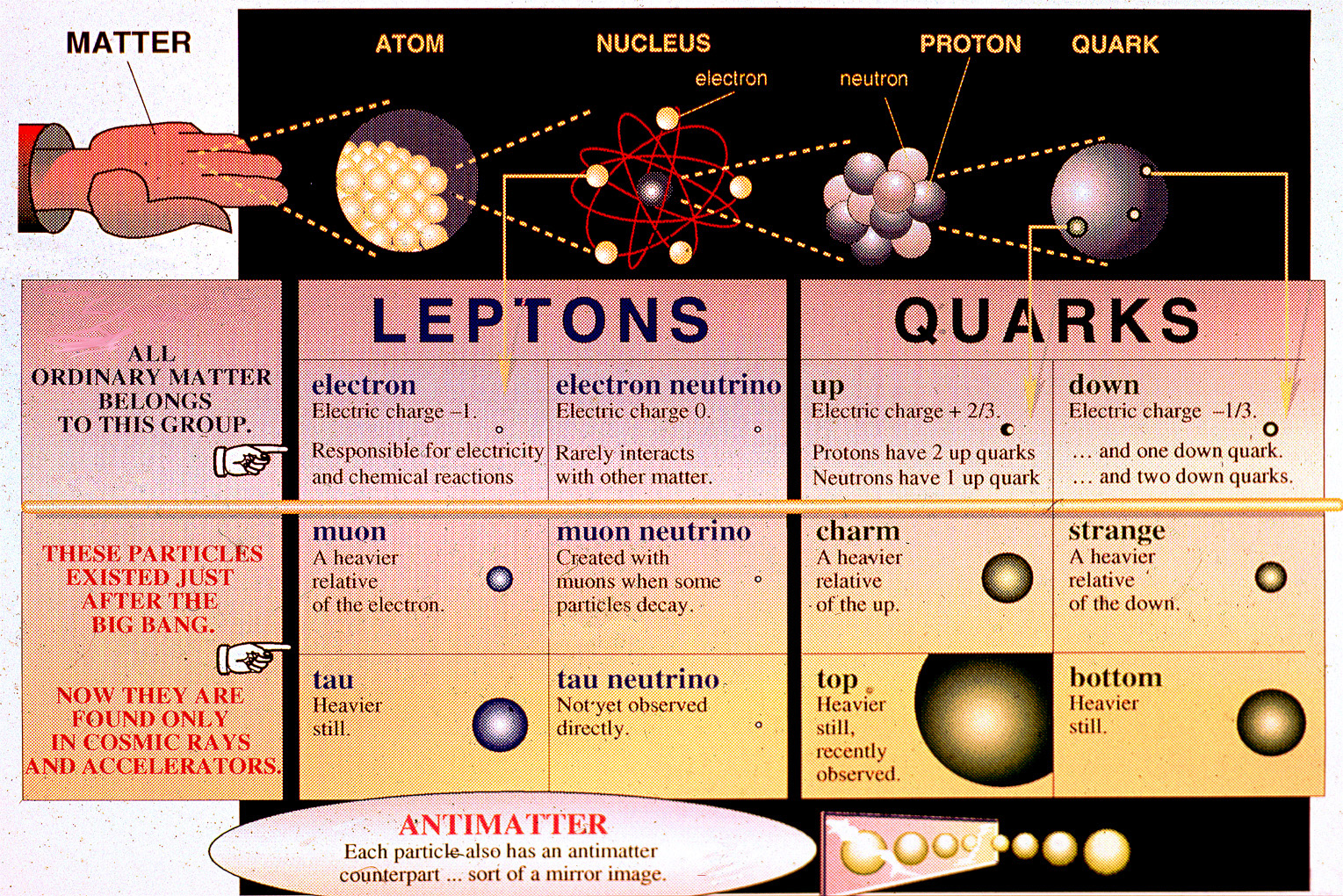In the labyrinthine world of particle physics, one encounters an intricate tapestry woven from the threads of fundamental particles. At the very heart of this tapestry are quarks and electrons, which serve as the quintessential building blocks of matter. Yet, like great explorers seeking the uncharted depths of an ocean, physicists have dared to probe deeper. This raises a profound inquiry: Are there entities more fundamental than quarks and electrons? To explore this question requires an examination not just of contemporary physics but also of the theoretical frameworks that push the boundaries of our understanding.
Historically, the journey into the subatomic realm has been characterized by a series of revelations that have both perplexed and fascinated scientists. In the early 20th century, luminaries such as J.J. Thomson and Ernest Rutherford established the existence of electrons and atomic nuclei. The electron, a fundamental particle in its own right, plays a pivotal role in the structure of atoms. Quarks, discovered later through high-energy particle collisions, are the constituents of protons and neutrons, which constitute atomic nuclei. As it stands, quarks and electrons are classified as fundamental particles within the Standard Model of particle physics, a robust framework that codifies our understanding of the subatomic world.
However, the tantalizing question of whether smaller building blocks exist has captured the imagination of physicists. Their search has led them down various corridors of theoretical inquiry, including string theory and quantum chromodynamics. String theory proposes that instead of point-like particles, the fundamental constituents of the universe are one-dimensional “strings.” These strings vibrate at different frequencies, and their modes of vibration give rise to the diverse particle spectrum we observe. Each vibration corresponds to a specific particle, suggesting that quarks and electrons might merely represent different manifestations of a more fundamental entity.
As we delve further into this theoretical framework, we encounter the concept of “superstrings,” posited in advanced string theories. Superstrings suggest that the universe comprises multiple dimensions beyond the familiar three of space and one of time. The oscillatory nature of superstrings opens a Pandora’s box of possibilities: Could they be as fundamental as or even more fundamental than quarks and electrons? If we consider a metaphorical viewpoint, one might equate quarks to individual notes in a cosmic symphony, while superstrings are akin to the underlying musical score that renders the composition harmonious. They serve as a backdrop to the dance of particles, hinting at a deeper ontological reality.
Venturing outside the realm of string theory, another intriguing proposition emerges from the domain of quantum chromodynamics (QCD). In this field, quarks are not solitary; they exist in a profound interplay with the fundamental forces that govern their behavior, specifically the strong nuclear force mediated by gluons. These gluons themselves are massless particles that effectively bind quarks together within protons and neutrons. While QCD elucidates the interactions among quarks, it raises a critical question: Are gluons or even more esoteric constructs the true building blocks? The idea that gluons, which enable interactions, are as fundamental as quarks supplements the discourse surrounding our understanding of matter at quantum scales.
Moreover, the pursuit of understanding the sub-atomic realm has inspired thoughts of more esoteric entities such as dark matter and dark energy. While currently not well-understood, these components comprise a significant portion of the universe’s mass-energy content. The search for particles that might compose dark matter—often classified as WIMPs (Weakly Interacting Massive Particles)—illustrates the lengths to which physicists are willing to go to uncover entities that might be smaller or even fundamentally different from quarks and electrons. Could these elusive particles represent the hidden backbone of the universe? The void of knowledge surrounding dark matter accentuates the exhilarating uncertainty inherent in theoretical physics.
The exploration of particles smaller than quarks and electrons is not merely an academic exercise. It has profound implications for our understanding of the universe’s composition and behavior. Should evidence emerge substantiating the existence of superstrings, exotic particles, or new theories, it would compel a seismic shift in our foundations of physics. Such discoveries may not only reconcile existing theories but also pave the way for a unified framework—a “theory of everything”—that could further illuminate the interplay between the known and the unknown.
In conclusion, the question of whether any entities are fundamentally smaller than quarks and electrons remains a profound enigma. While current scientific paradigms provide substantial insights, the realm of particle physics is replete with unanswered questions, theoretical explorations, and intellectual curiosities that propel the discipline forward. The fabric of the universe may yet hide dimensions of reality that challenge our perceptions and compel us to redefine our understanding of existence itself. In this cosmic quest for knowledge, physicists continue to stand at the precipice of discovery, peering into the abyss of uncertainty, determined to unveil the clandestine building blocks that may lie waiting in the shadows.












